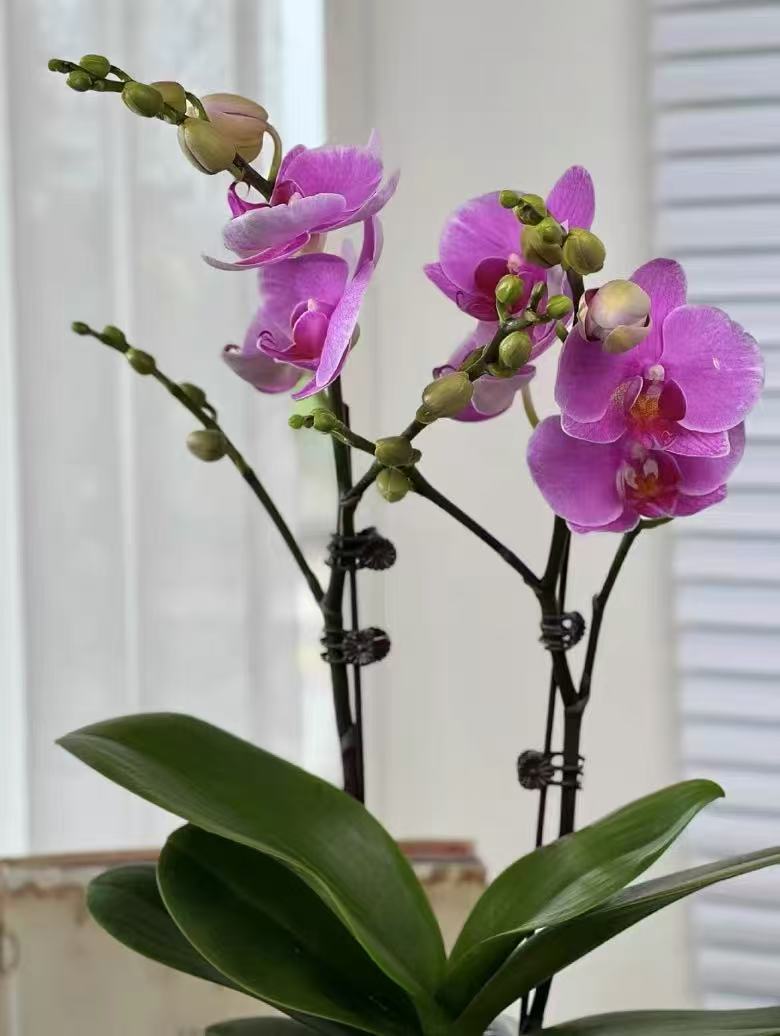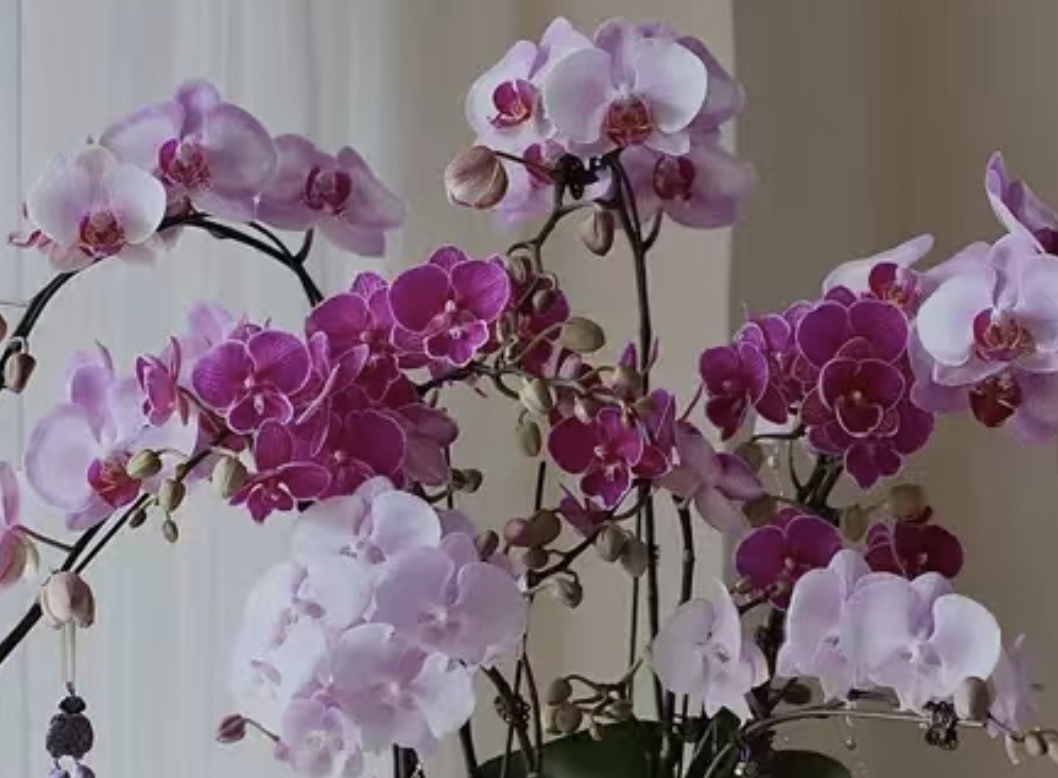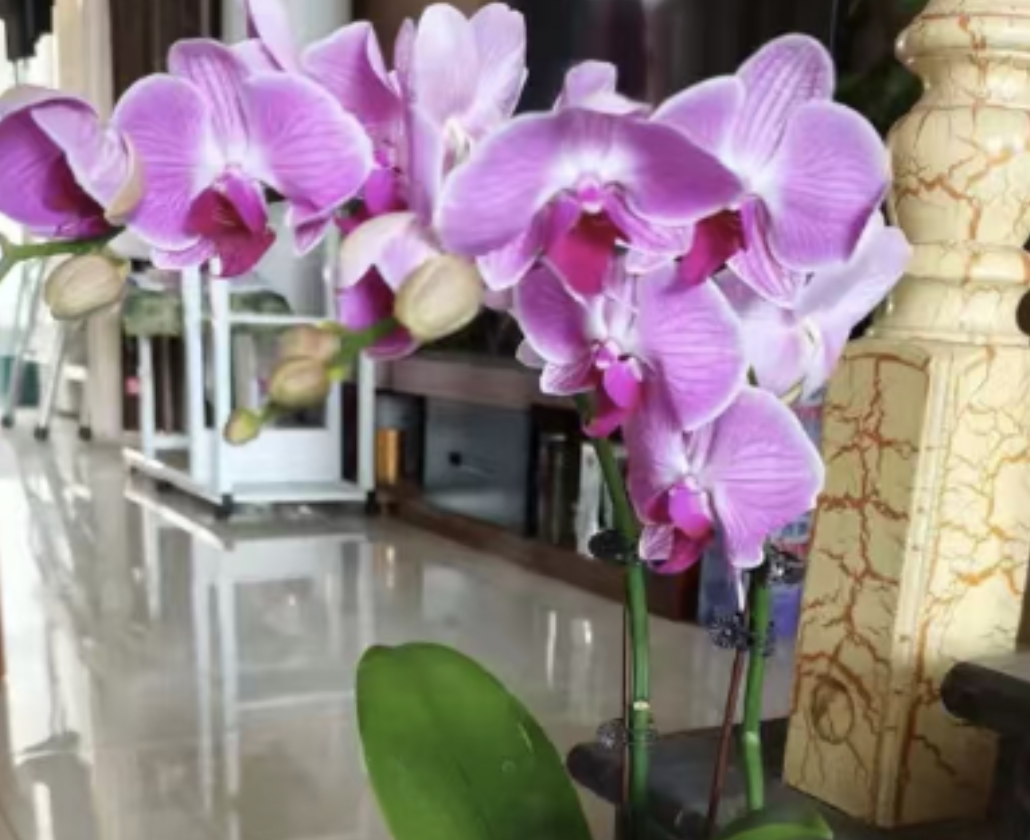Phalaenopsis, as a much-loved orchid variety, is famous for its noble and elegant appearance and long flowering period. It is regarded as the best among orchids and even known as the king of orchids.
Regarding the question of whether it is normal for Phalaenopsis to fade in November, the answer is yes. According to relevant information, the flowering season of Phalaenopsis is usually between May and December every year. Therefore, it is completely normal for Phalaenopsis to bloom or fade in November. During this period, Phalaenopsis may go through the entire process from flower bud differentiation, blooming to withering, which is one of its normal growth cycles.
After the Phalaenopsis fades, a series of management measures are necessary to maintain the health of the plant and promote the next flowering. Among them, whether to repot is a key issue. The following is a detailed analysis of this issue:
Pruning the Flower Stems and Diseased Branches: After the Phalaenopsis blooms, the flowers on the flower stems will gradually fade. To avoid excessive consumption of nutrients and affect the next flowering, the faded flowers and flower stems should be pruned in a timely manner. When pruning, the flower stem can be cut 3-4 nodes above the base, which is conducive to the germination of the flower stem and the next flowering. At the same time, some diseased branches, withered leaves and dense lateral branches should also be pruned to reduce unnecessary nutrient consumption and make the plant healthier.
Evaluation of the Soil and Flower Pot: After the Phalaenopsis blooms, the nutrients in the soil in the flower pot are consumed greatly. At this time, it is necessary to replace the soil with new one to maintain a good growth environment for the plant. If the roots of the Phalaenopsis have filled the flower pot, or the soil nutrients are severely deficient and the soil is compacted and clumped, then it is particularly important to replace the flower pot and soil. When replacing the soil, soil with good air permeability and drainage should be selected to facilitate the growth of the plant.
The Timing of Repotting and Soil Replacement: Although repotting and soil replacement can be considered after the Phalaenopsis fades, the specific timing also needs to be considered. If the potting soil has been used for more than two years and the plant shows signs of slow growth or yellowing leaves, then repotting and soil replacement are more urgent. When repotting, a suitable flower pot and potting soil should be selected, and the roots should be pruned to promote the growth of new flower buds. At the same time, care should be taken to protect the roots during the repotting process to avoid unnecessary damage.
Other Management Measures: In addition to repotting and soil replacement, other management measures need to be taken after the Phalaenopsis fades. For example, fertilize reasonably to supplement the nutrient consumption during the flowering period; adjust the light and temperature conditions to promote the growth of new flower buds; maintain appropriate moisture to avoid damage to the plant caused by excessive wetness or dryness; and prevent and control pests and diseases to ensure the healthy growth of the plant.
It is a normal phenomenon for Phalaenopsis to fade in November, and whether to repot after fading needs to be evaluated according to specific circumstances. If the soil nutrients are severely consumed or the roots have filled the flower pot, then repotting and soil replacement are necessary. At the same time, other management measures need to be taken to ensure the healthy growth of the plant and the smooth progress of the next flowering.
Is it normal for Phalaenopsis to fade in November?

Share with
Tagged in :




Leave a Reply